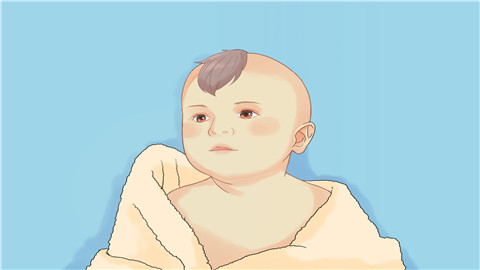How to lower high bilirubin levels in newborns (neonatal jaundice)
Generally, high jaundice levels in infants may be caused by excessive bilirubin production, weak liver metabolism, breast milk jaundice, hemolytic jaundice, infectious jaundice, and other reasons. Parents can take their baby to a regular hospital to choose general treatment, light therapy, medication, and other methods to help reduce jaundice. Detailed explanations are as follows:
1. Excessive Bilirubin Production
After birth, babies have a relatively high number of red blood cells with short lifespans. When these cells break down, they produce a large amount of bilirubin, which exceeds the baby's metabolic capacity, leading to elevated jaundice levels. Increasing feeding frequency helps the baby consume more milk and pass more stool, promoting bilirubin excretion.
2. Weak Liver Metabolism
Newborns' liver functions are not yet fully developed, and the enzyme activity responsible for processing bilirubin is low, resulting in slow bilirubin metabolism and a tendency for high jaundice levels. Under a doctor's guidance, appropriate sun exposure can help reduce bilirubin levels using sunlight.
3. Breast Milk Jaundice
Certain components in breast milk may affect bilirubin metabolism, causing persistent or elevated jaundice levels. The baby generally remains in good spirits and feeds normally. Under a doctor's evaluation, breastfeeding may be paused for 1-2 days and replaced with formula feeding. Once jaundice improves, breastfeeding can resume.

4. Hemolytic Jaundice
Hemolysis caused by maternal-infant blood type incompatibility and other factors leads to the destruction of a large number of red blood cells, rapidly increasing bilirubin levels. Jaundice appears early and progresses quickly. Blue light therapy is required in a hospital setting, and medications such as human albumin injection, intravenous immunoglobulin, and phenobarbital tablets may be used under medical guidance.
5. Infectious Jaundice
Infections caused by bacteria, viruses, and other pathogens affect liver function, leading to impaired bilirubin metabolism, elevated jaundice levels, and possibly symptoms such as fever and poor feeding. After identifying the infection source, medications such as Cefotaxime Sodium for injection, Ganciclovir Injection, and Yinzhihuang Oral Liquid may be used under medical guidance.
In daily life, closely observe the degree of skin yellowing and the baby's mental state, and regularly monitor bilirubin levels. Feed the baby on demand to ensure adequate intake and promote recovery.





